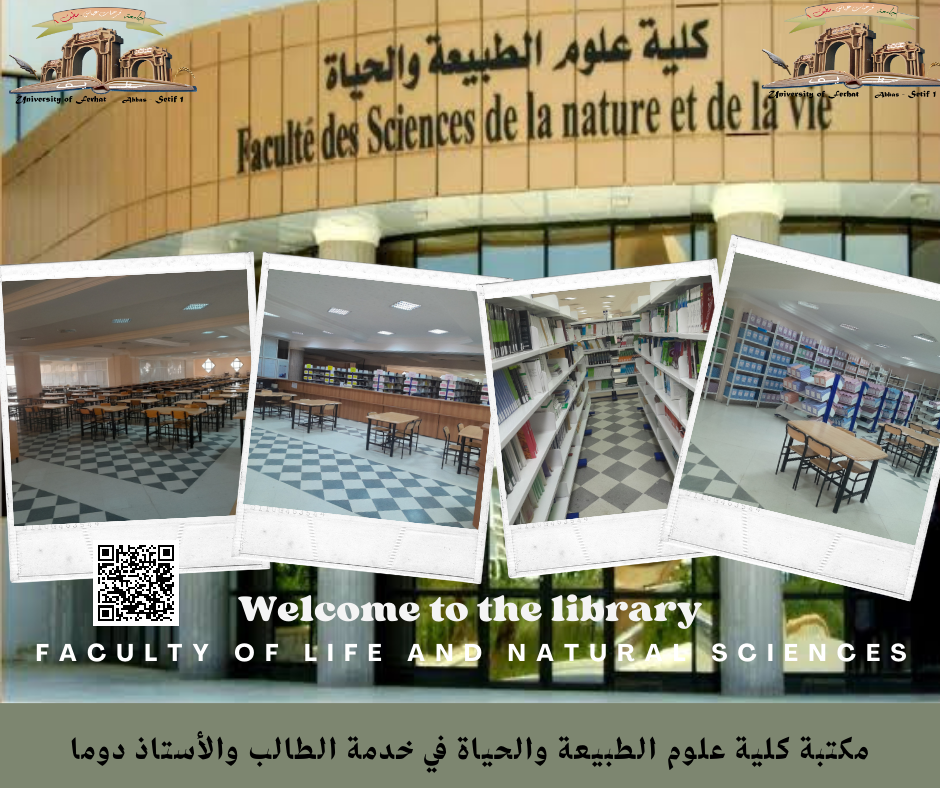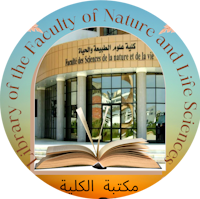Catalogue de la bibliothÃĻque de SNV
A partir de cette page vous pouvez :
| Retourner au premier ÃĐcran avec les catÃĐgories... | Votre compte | Aide |

| Titre : | Laboratory experiments in trace environmental quantitative analysis |
| Auteurs : | Paul R. Loconto |
| Type de document : | texte imprimÃĐ |
| Mention d'ÃĐdition : | First edition. |
| Editeur : | London : CRC press, 2022 |
| ISBN/ISSN/EAN : | 978-1-03-219562-9 |
| Format : | 1 vol. (142 p.) / ill.en coul. / 24 cm |
| Index. dÃĐcimale : | 628 (Technique sanitaire et techniques municipales) |
| Mots-clÃĐs: | - Environment : Laboratory - Environnement : Laboratoire - Analytical chemistry |
| RÃĐsumÃĐ : |
Laboratory Experiments in Trace Environmental Quantitative Analysis is a collection of student-tested experiments that introduce important principles that underlie various laboratory techniques in the field of trace environmental organics and inorganics quantitative analysis. It crosses the more traditional academic disciplines of environmental science and analytical chemistry. The text is organized to begin with minimally rigorous session/experiments and increase in rigor as each session/experiment unfolds. Each experiment features learning objectives, expected student outcomes, and suggestions for further study. Additional features include: * Students are introduced to the principles and laboratory practice of instrumental analysis (determinative techniques) that are clearly presented. * Students are carefully taken through various ways to prepare samples for trace quantitative analysis (sample prep techniques). Safety warnings are listed within each experiment. * Students are introduced to all three types of instrument calibration: external, internal and standard addition. Instructors who are responsible for laboratory courses in analytical chemistry with potential application to environmental sample matrices will find this textbook of value. Graduate programs in environmental science and engineering will also greatly benefit from the content. |
| Note de contenu : |
Sommaire: -1- Introduction -2- An Introduction To pH Measurement: Estimating the Degree of Purity of Snow; Measuring Soil pH; Introduction to Ion Chromatography -3- Introduction to the Visible Spectrophotometer -4- Visible Spectrophotometric Determination of Trace Levels Of Iron In Groundwater -5- Spectrophotometric Determination of Phosphorus in Eutrophicated Surface Water -6- Determination of Anionic Surfactants by Mini-LiquidâLiquid Extraction (MINI-LLE) in an Industrial Wastewater Effluent using Ion Pairing with Methylene Blue -7- Comparison of Ultraviolet And Infrared Absorption Spectra of Chemically Similar Organic Compounds -8- Determination of Oil and Grease and of Total Petroleum Hydrocarbons In Wastewater via Reversed-Phase Solid-Phase Extraction Techniques (RP-SPE) and Quantitative Fourier-Transform Infrared (FTIR) Spectroscopy -9- Determination of the Degree Of Hardness in Various Sources of Groundwater using Flame Atomic Absorption Spectroscopy -10-Determination of Lead in Drinking Water using Graphite Furnace Atomic Absorption Spectroscopy (GFAA): External Standard vs. Standard Addition Calibration Mode -11-A Comparison of Soil Types via a Quantitative Determination of the Chromium Content using Visible Spectrophotometry and Flame Atomic Absorption Spectroscopy or Inductively Coupled PlasmaâOptical Emission Spectrometry -12-Data Acquisition and Instrument Control using the Turbochrom Chromatography Software. An Introduction to High-Performance Liquid Chromatography (HPLC): Evaluating those Experimental Parameters that Influence Separations |
Exemplaires
| Code-barres | Cote | Support | Localisation | Section | DisponibilitÃĐ |
|---|---|---|---|---|---|
| FB/15857 | SNV8/1852 | Livre | Bibliothèque SNV | Englais | Disponible |
| FB/15858 | SNV8/1852 | Livre | Bibliothèque SNV | Englais | Disponible |

